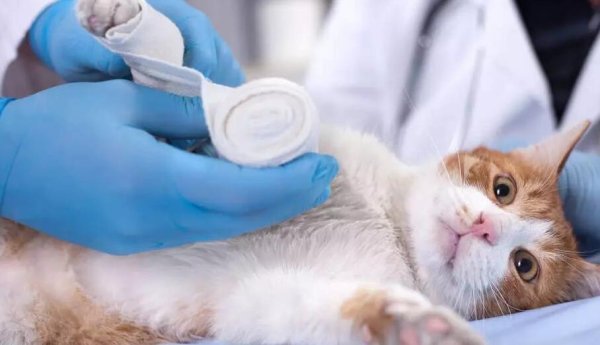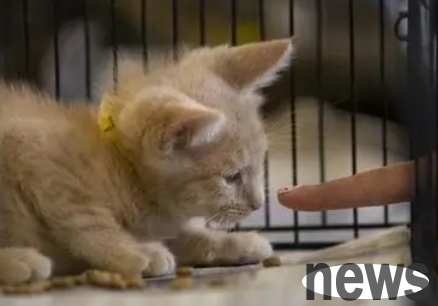Science and Technology of Disease Control丨Cats and dogs are "troubled" in spring, don t be careless about rabies prevention!
The cauliflower is yellow, the mad dog is crazy
The spring weather is warming up
The cats and dogs enter the estrus period, and they are irritable
The contact with cute pets should be grasped, and scientifically prevented!

Which animals spread rabies?
Dogs, cats, wild/strewn carnivorous mammals, such as wolves, foxes, badgers, bats, etc., have the possibility of high-risk transmission of rabies after being bitten by such animals, and they need to be treated after exposure.
Non-mammals, such as avians, cold-blooded animals, insects, etc., do not spread rabies.

Being scratched or bitten by an animal, what should I do?
1. If there is a rabies exposure prevention and treatment clinic nearby, you should seek medical treatment immediately.
2. If you are far away from the rabies exposure prevention and treatment clinic, you can first rinse the wound with a certain pressure of flowing water and soapy water alternately for about 15 minutes.
3. Even if you have treated your wound, you should seek medical treatment as soon as possible.
4. Domestic pets may also get sick if they are scratched and bitten, so don’t ignore the risks!
5. Slaughter and peel animals carrying rabies and occasionally cause infection.
6. It should be noted that everyone can get rabies vaccines, and there are no contraindications for vaccination after exposure! If high-risk exposure is exposed, it is not recommended to refuse vaccination due to pregnancy or breastfeeding.
Under what circumstances should rabies vaccine and immunoglobulin be administered?
If you are engaged in slaughtering, field work, veterinary, rabies diagnosis and treatment, and epidemic treatment, or plan to go to countries and regions with high risk of rabies epidemic, it is best to get a preventive rabies vaccination (immunization before exposure).













